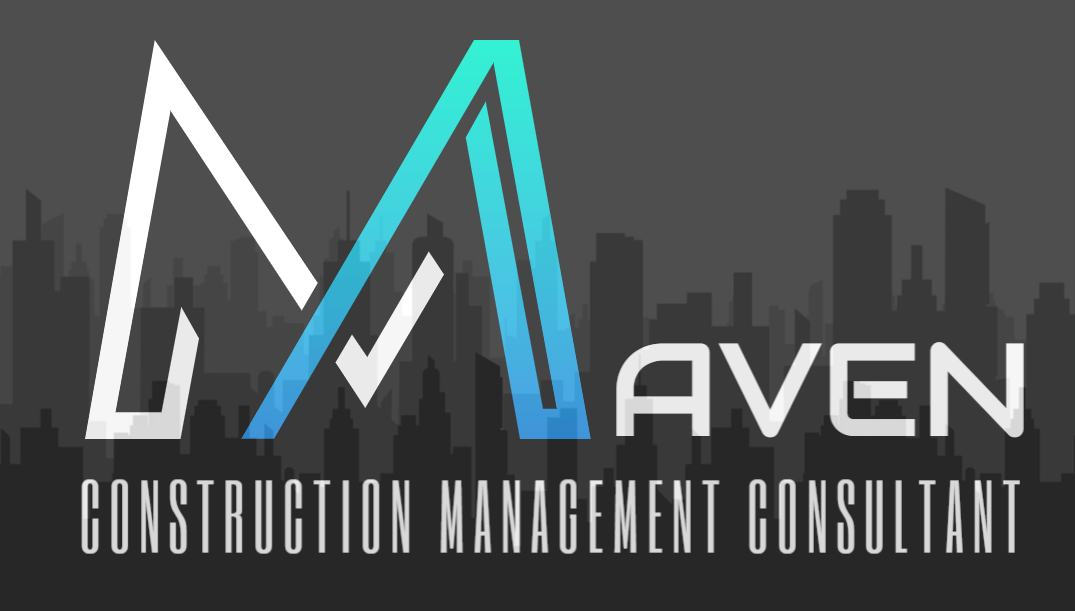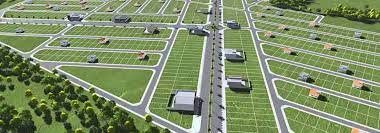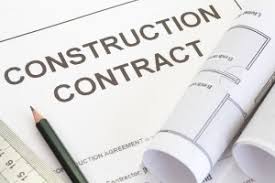
Concrete & it’s utility
Concrete is so integral to our communities because it is the only building material that cost-effectively delivers:
- the lowest carbon footprint for a structure or pavement over its lifecycle
- unparalleled strength, durability, longevity and resilience
- maximized energy efficiency via thermal mass
- durability in any environment
- a building material that doesn’t burn, rust or rot
- safety and security
- versatility – it can be molded into any shape, colour or pattern imaginable
- no off-gas
- excellent vibration and sound insulating
- low maintenance costs
- 100 % recyclability, plus the materials needed to make concrete are abundant in just about every locale on the planet
It is quite simply the most versatile building material on earth. Here are more details:
Lowest Carbon Footprint
Concrete’s unparalleled durability, energy efficiency and complete recyclability, combined with industry innovations such as lower carbon Portland-limestone cement, also known as Contempra, carbonated concrete or concrete cured with CO2 rather than water, all contribute to making it the lowest carbon building material over the lifecycle of a structure or pavement.
Strong, durable and low maintenance
Concrete lasts decades longer than alternative building materials, and actually gets stronger over time. This reduces the total cost of ownership as well as the environmental impact associated with more frequent rehabilitation or reconstruction.
Resilient
Concrete doesn’t burn, rust, or rot. It is resistant to fire, wind, water, vibrations, and earthquakes, keeping people safer and reducing costs. In the aftermath of extreme weather events, concrete structures have proven to be the most resilient.
Energy-Efficient
Concrete Buildings – Concrete’s ability to store energy (its thermal mass) helps moderate interior temperature conditions, reducing a building’s heating and cooling demands over its service life by up to 8%.
Concrete Pavements are also energy-efficient in several ways.
Primary energy required to construct, maintain, and rehabilitate
concrete pavement is one third of that required for asphalt pavement.
The rigid surface of concrete pavements helps reduce fuel consumption
and related energy emissions by heavy trucks and other vehicles by up to
7%. And their light colour helps reduce the heat-island effect — which
lowers cooling requirements — while also reducing exterior lighting
requirements at night by up to 24%.
EMISSION-FREE
A totally inert substance when cured, concrete is literally
emission-free and will not emit any gas, toxic compounds or volatile
organic compounds.
VERSATILE
freshly mixed lets designers adapt it to whatever form, shape, surface,
and texture they can imagine.
Ideal for adaptive reuse
Because of concrete’s strength, sound attenuation, and fire
resistance, concrete buildings can easily be converted to other
occupancy types during their service life. Reusing buildings in this way
can help limit urban sprawl and further contributes to the conservation
of our resources and preservation of the environment.
COST-EFFECTIVE
Thanks to their durability, resilience, low maintenance requirements
and energy efficiency, concrete structures reduce operating costs
related to operational energy consumption, maintenance, and rebuilding
following disasters. Insurance costs
for concrete buildings during the construction and operating phases
have also been shown to be significantly lower than for buildings
constructed with combustible, moisture-sensitive materials.
00% RECYCLABLE
Concrete can be recycled as aggregate — for use as sub-base material in roadbeds and parking lots, for gabion walls, as riprap to protect shorelines or in other applications — or as granular material, thereby reducing the amount of material that is landfilled and the need for virgin materials in new construction.




canada pharmacy
I blog frequently and I really appreciate your information.
This article has really peaked my interest.
I will book mark your site and keep checking for new details about once
a week. I subscribed to your RSS feed too.